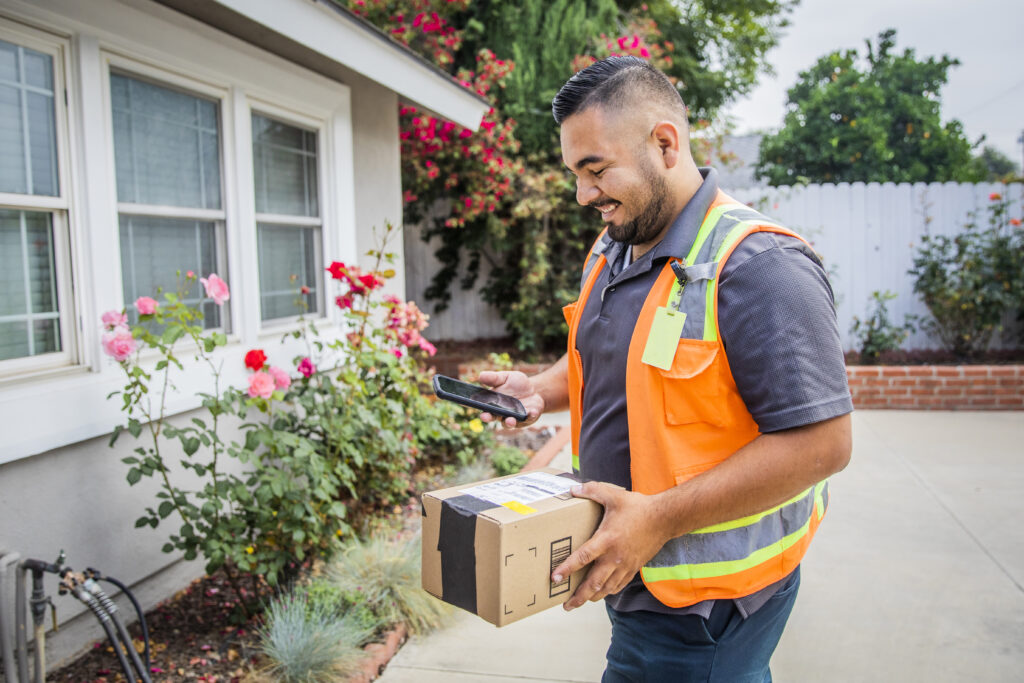Cathie Wood built a name for herself and her investment firm Ark Invest by racking up some huge gains between 2017 and 2020 in the exchange-traded fund Ark Innovation ETF (ARKK 1.02%). However, since 2020 the ETF’s performance has been much more volatile, including a 67% decline in 2022 followed by a nearly 68% gain in 2023. This year the fund is trading down more than 10% despite the strong performance by the broader market.
Looking to help turn around her ETF’s performance around this month, Wood has made some adjustments to her portfolio in recent months. One adjustment was to buy 76,505 shares of Amazon (AMZN 1.16%), worth nearly $14 million, on Oct. 8.
Let’s take a closer look at Amazon and see if investors should follow Wood into the stock.
E-commerce and cloud computing leader
Many of the Ark Innovation ETF’s top positions have reputations for being divisive among investors. Holdings such as Tesla, Roblox, Palantir Technologies, Coinbase Global, and RobinHood Markets tend to draw some very strong bullish and bearish arguments among those who follow stocks. Amazon clearly does not fit into this category as a more established company that has become the leader in both e-commerce and cloud computing.
Amazon is most associated with its e-commerce business, where it has captured a huge 38% market share in the United States, according to data analytics website Statista. That dwarfs its next largest competitor, Walmart, which has just over a 6% share.
The company sells its own goods on its platform as well as operating as a third-party marketplace. It also offers logistics and warehouse services to get customers their orders as quickly as possible. The e-commerce segment remains a solid grower for Amazon, with online store revenue up 6% year over year last quarter to $55.4 billion and third-party seller services revenue climbing 13% to $36.2 billion.
The company is looking to push growth and reduce costs in this business segment through the use of artificial intelligence (AI). Its efforts include using AI to optimize driver delivery routes and to better forecast demand, using AI-trained robots to more quickly find items in warehouses, and using AI to help improve listings and make it easier for third-party sellers to list items.
Amazon is also pushing into the pharmacy business and is looking to bring same-day prescription delivery across nearly half the country next year. With traditional pharmacies closing stores, this is a nice opportunity.

Image source: Getty Images.
On the cloud computing front, Amazon is also the top player, with its Amazon Web Services (AWS) platform having about a 32% market share. This is also the larger of Amazon’s two main businesses based on operating income, with AWS having Q2 operating income of $9.3 billion versus $5.3 billion for its e-commerce business.
AWS benefits from customers looking to build out AI applications through its platform. Customers can use its SageMaker platform, which helps them develop their own AI models, and its Bedrock platform, which offers foundational large language models (LLMs) from both itself and AI start-ups to use as starting points.
AI, along with the continued migration of data to the cloud, helped drive 19% revenue growth at AWS to $26.3 billion in Q2. Cloud computing is a high-fixed-cost business, so this improvement led to a whopping 72% in segment operating income to $9.3 billion.
Is now a good time to buy Amazon stock?
Amazon is spending heavily on AI infrastructure to help keep up with demand, but the company is generating prolific operating cash flow and has a boatload of cash on its balance sheet. The company also has a very strong track record of investing in its business for the long-term benefit of its shareholders. It did this to build out its warehouse and logistics network as well as when it built out AWS.
As such, investors should not fret over the company’s increasing capital expenditures (capex), as Amazon has always come out the other side of these heavy investment periods as a better company. AWS, meanwhile, is now the company’s largest and it’s growing faster. Given the operating leverage in this business, this is a good thing for investors.
Trading at a forward P/E of just over 32 times earnings based on next year’s analyst estimates and with its enterprise value (EV) trading at 14 times its earnings before interest, taxes, depreciation, and amortization (EBITDA), I think Amazon’s stock is pretty attractively priced. It has traded at much higher multiples in the past, and it still has solid growth in front of it.
AMZN PE Ratio (Forward 1y) data by YCharts
I prefer looking at Amazon stock on an EV-to-EBITDA basis, as it takes into consideration its net cash and removes its noncash depreciation costs associated with the past buildouts of its warehouses and data centers.
As such, I think investors can follow Ark Invest with this particular investment and buy Amazon stock for the long haul.
John Mackey, former CEO of Whole Foods Market, an Amazon subsidiary, is a member of The Motley Fool’s board of directors. Geoffrey Seiler has no position in any of the stocks mentioned. The Motley Fool has positions in and recommends Amazon, Coinbase Global, Palantir Technologies, Roblox, Tesla, and Walmart. The Motley Fool has a disclosure policy.


